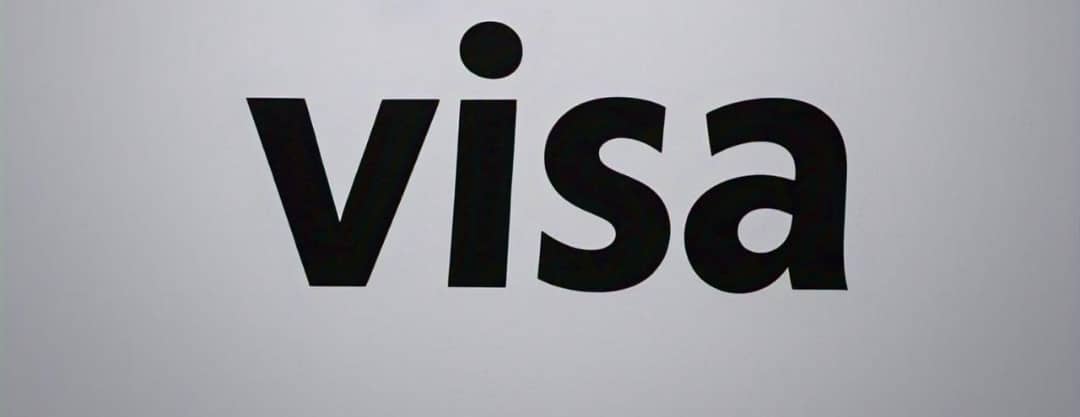
How to Get a Student Visa for Studying Abroad
Studying abroad opens doors to quality education, cultural exposure, and global career prospects. However, before you can embark on this journey, securing a student visa is essential. The process varies by country, but there are general steps and key requirements common to most study destinations. In this guide, we’ll walk you through the process of obtaining a student visa, from eligibility requirements to application tips.
1. Understanding Student Visa Requirements
Before applying, you must understand the student visa requirements of your chosen study destination. Some common conditions include:
Acceptance Letter from a Recognized Institution: You must be admitted to a government-approved university or college.
Proof of Financial Means: Most countries require proof that you can cover tuition, accommodation, and living expenses.
Valid Passport: Your passport should be valid for at least six months beyond your intended stay.
Health Insurance: Some countries require international students to have health coverage.
Language Proficiency: English-speaking countries may require TOEFL, IELTS, or other language proficiency test results.
2. Choosing the Right Visa Type
Different countries offer various types of student visas. The most common ones include:
F-1 Visa (USA): For students enrolling in accredited institutions.
Tier 4 Student Visa (UK): For students admitted to UK universities.
Student Visa Subclass 500 (Australia): Covers full-time education at recognized institutions.
Study Permit (Canada): Required for programs longer than six months.
D-Type Visa (Schengen Area): For students pursuing studies in Europe.
3. Step-by-Step Application Process
Step 1: Research Visa Guidelines for Your Destination
Each country has specific visa requirements, so check the official embassy or immigration website for details.
Step 2: Gather Required Documents
Commonly required documents include:
Passport-sized photos
Academic transcripts and certificates
Statement of Purpose (SOP)
Bank statements or sponsor letters
Health records and medical certificates
Visa application form
Step 3: Pay the Visa Application Fee
Most student visas require a non-refundable application fee. Fees vary depending on the country but typically range from $100 to $500.
Step 4: Schedule and Attend an Interview (If Required)
Some countries, like the USA, require students to attend an interview at the embassy or consulate. Be prepared to answer questions about your study plans, financial support, and post-study intentions.
Step 5: Submit Biometrics and Medical Exams
Certain countries require biometric data (fingerprints and photographs) or medical tests before granting a visa.
Step 6: Wait for Visa Approval
Processing times vary from a few weeks to several months. You can track your application status online.
4. Common Reasons for Visa Rejection and How to Avoid Them
Visa applications can be denied for various reasons, including:
Insufficient Financial Proof: Ensure you provide clear documentation of your funding.
Incomplete or Incorrect Documents: Double-check all paperwork before submission.
Weak Statement of Purpose (SOP): Clearly explain your study and career goals.
Lack of Ties to Home Country: Show strong reasons for returning after graduation to avoid rejection.
5. Tips for a Successful Student Visa Application
Apply Early: Some visa processes take months, so don’t delay.
Stay Organized: Keep all documents in order and make copies.
Be Honest in Your Interview: Answer confidently and truthfully.
Follow Country-Specific Guidelines: Requirements differ, so research thoroughl
Securing a student visa is a crucial step toward your international education journey. By understanding the requirements, preparing the necessary documents, and following the application process carefully, you can increase your chances of visa approval. Start early, stay organized, and seek expert advice if needed. Your dream of studying abroad is just a visa away.









